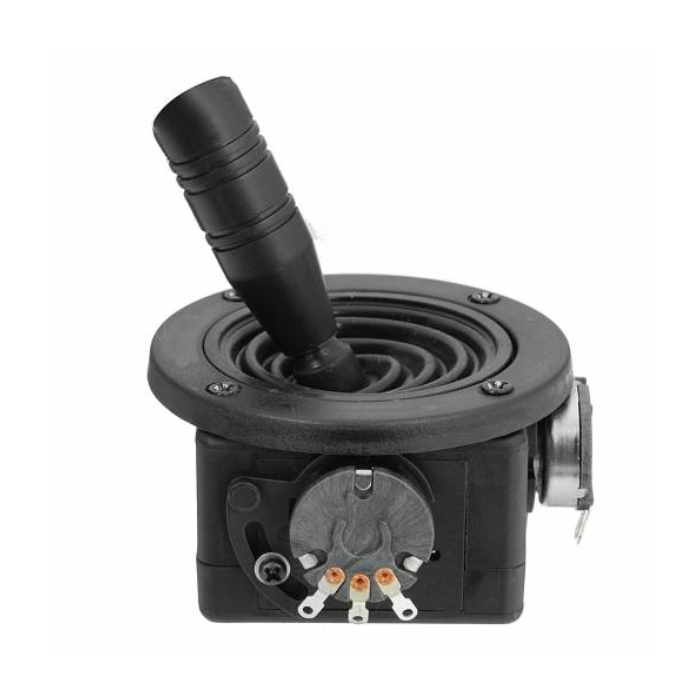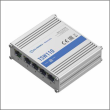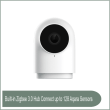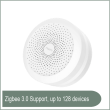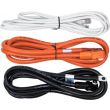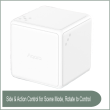Back to Top
Joystick Potentiometer JH-D202X-R2 5K
Description:
- The Joystick Potentiometer JH-D202X-R2 5K is a versatile and high-performance input device that provides smooth and precise control over a wide range of systems and applications.
- This joystick has a two-axis design with a ball joint that permits fluid movement in both the X and Y axes, making it suitable for controlling remote motorized vehicles, motorized cameras, factory automation, and electric wheelchairs.
Specifications:
- Model: JH-D202X-R2.
- Resistance Rating: 5 KΩ.
- Number of Axes: 2 (X and Y).
- Adjustment Type: Side Adjustment.
- Termination Style: Solder Pin.
- Mounting Style: Panel Mount.
- Material: Plastic and Metal.
- Dimensions: Standard size.
- Operating Temperature Range: -10°C to +75°C.
- Applications: Remote motorized vehicles, motorized cameras, factory automation, electric wheelchairs.
| SKU | POT-0078-G09 |
|---|
Write Your Own Review

